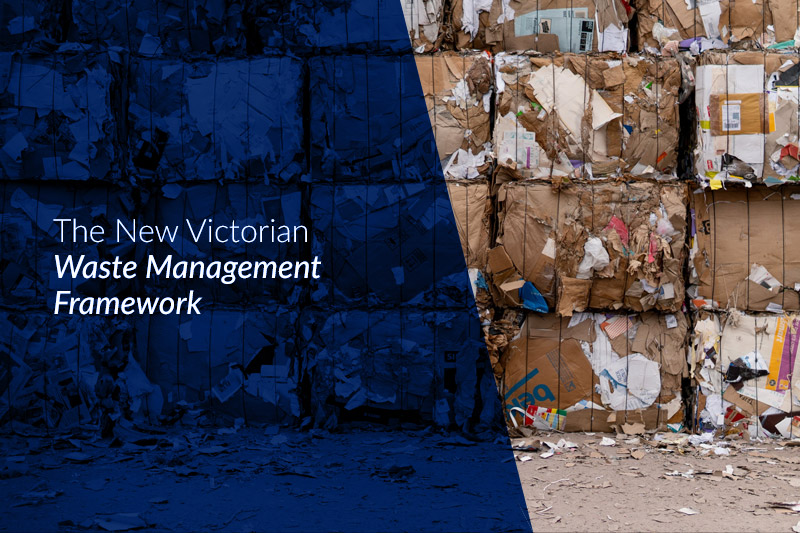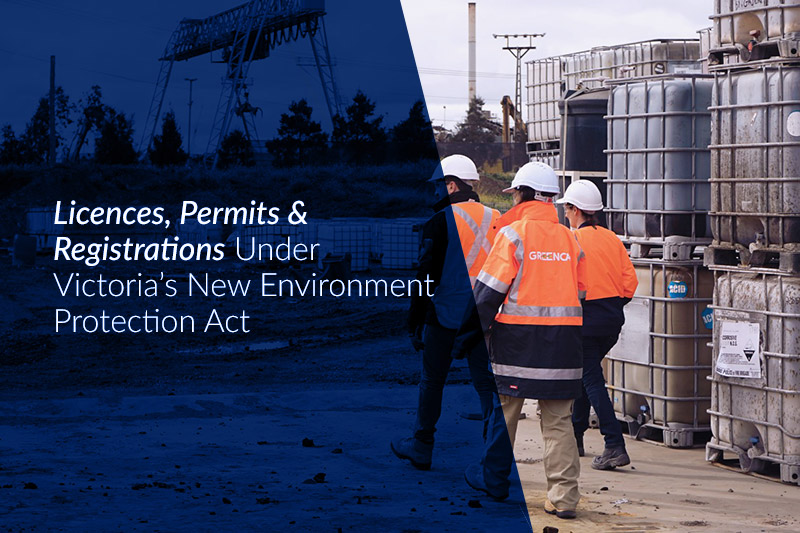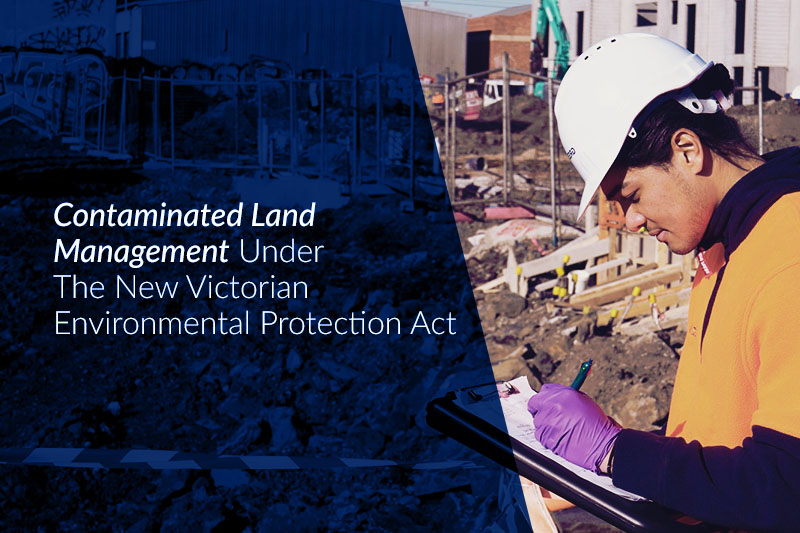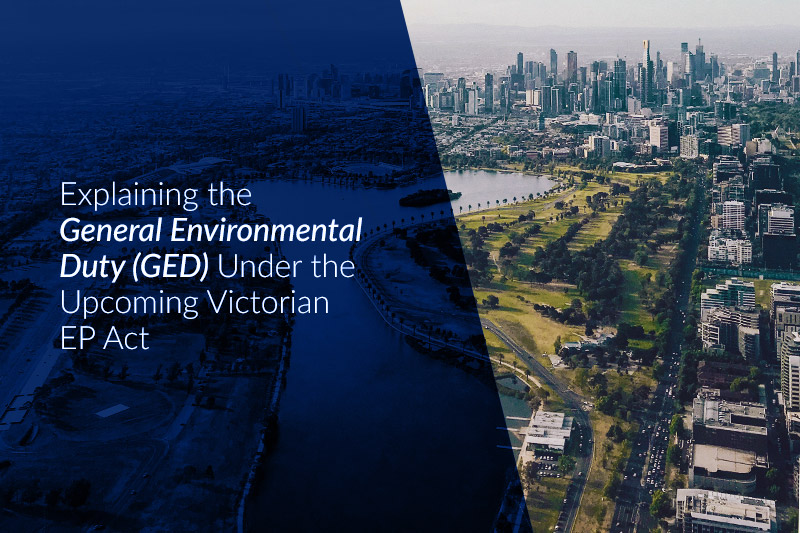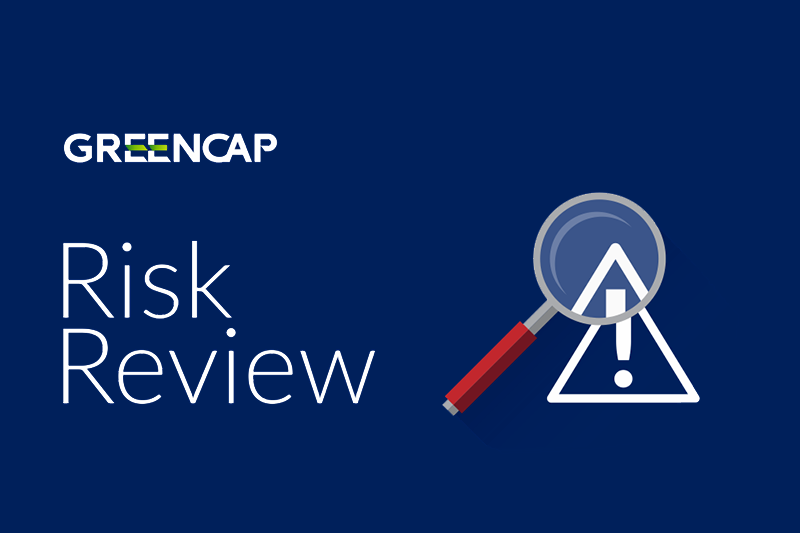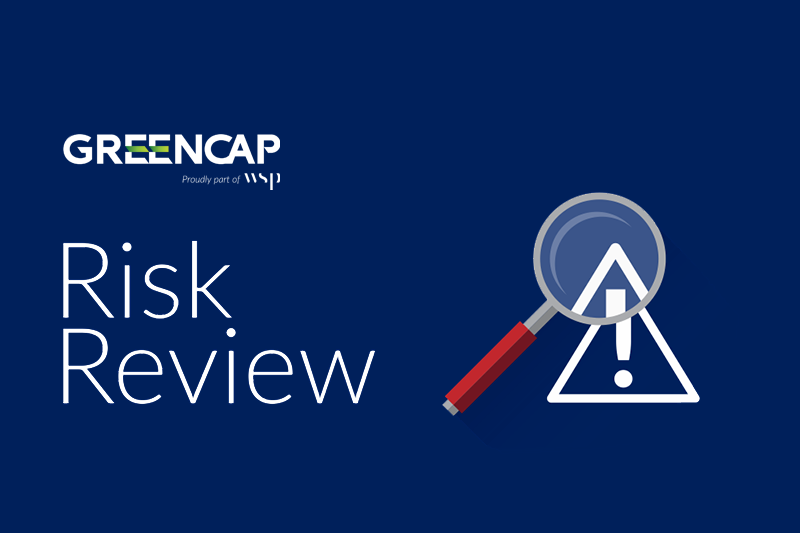News & Insights
The New Victorian Waste Management Framework
From 1 July 2021, the management of waste in Victoria is soon to be regulated by a new framework as part of the new Environment Protection Act (EP Act) 2017 and Environment Protection Regulations.
The new framework is intended to ensure that all waste generators, transporters, and waste managers are proactive in their management of risks to human health and the environment, to comply with the new General Environmental Duty (GED) and to support and encourage waste resource recovery and reuse.
![]()
FREE WEBINAR
Unpacking Victoria's New Environmental Protection Act
The Regulations establish a tiered method for classification, transport, and reporting of industrial and priority waste to replace the current prescribed industrial waste system. The new process establishes a pre-classified list to cover most waste types and introduces a Waste Classification Assessment Protocol.
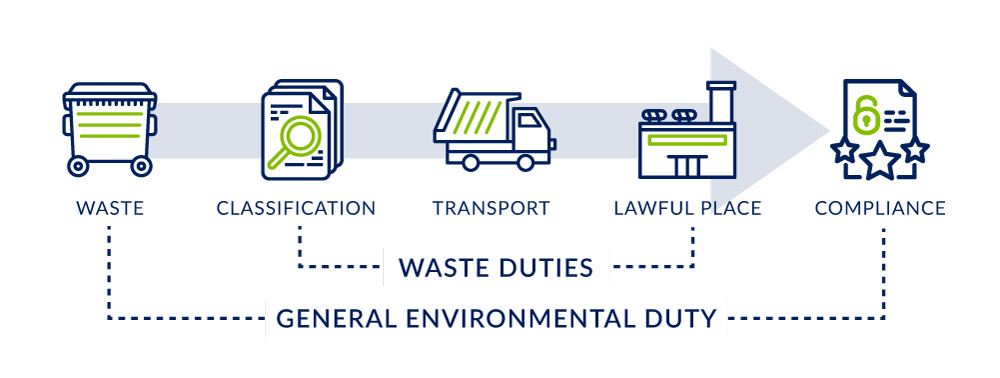
Duties to Manage Waste Types
In addition to the GED, additional duties are attached to each classification of waste.
Waste generators or managers must classify industrial wastes that they manage, including waste soils originating from contaminated land, as Industrial Waste, Priority Waste or Reportable Priority Waste. Waste codes are set out in Schedule 5 of the Regulations, where different types of waste are pre-classified or classification is based on a mirror code, where it is identified that the waste may be hazardous or not hazardous dependent on the circumstances, requiring further classification.
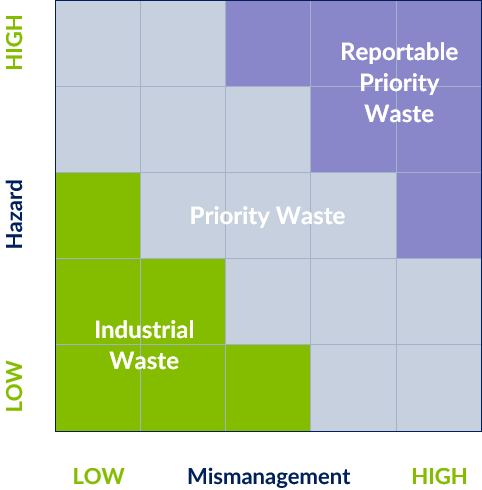
The Duties for each waste type are outlined in the table below. These duties and any associated controls are cumulative, meaning that each tier of waste must be managed with regard to the duties and controls of the tiers below it.
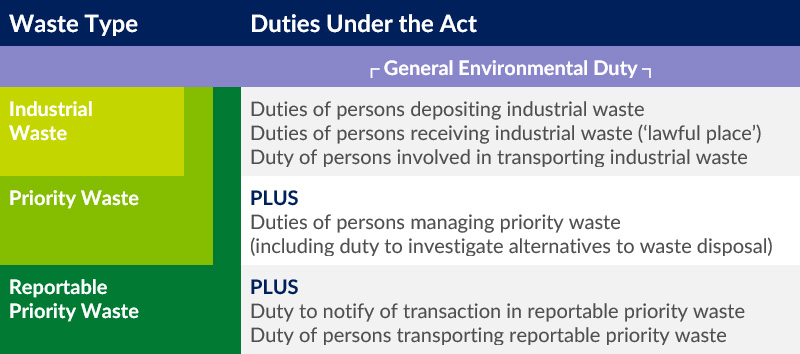
Industrial Waste
Operators who generate industrial waste must take reasonable steps to ensure that wastes are not illegally dumped and are instead taken to a lawful place where the receivers have authorisation to receive it.
Priority Waste
The concept of ‘Priority Waste’ introduces tailored controls for specific wastes that have the potential to be recycled, reused or yield recovered resources. Persons managing priority wastes will be required to take all reasonable steps to consider alternatives to disposal.
Reportable Priority Waste
Reportable priority waste is a subset of priority waste that holds the highest levels of risk and has more stringent controls on its management. The new regulations state that the EPA must be notified of the following transactions:
- Consignment for transport of reportable priority waste
- Transport of reportable priority waste
- Receipt of reportable priority waste at a place or premises
Further information regarding the required documentation is described in the Regulations.
Contaminated Soils Under the new Act
Under the new act, contaminated soils must be categorised as either Category A, B, C, D, ‘Soil containing asbestos only’ or ‘Fill material’.
The pre-existing Categories A, B and C are considered to be reportable priority waste.
The new Category D covers soils that have contamination at the lower end of category C soil and are thus allowed for certain uses or re-use/containment options on major infrastructure projects. When asbestos is the only contaminant, soil is categorised as ‘soils containing asbestos’ and are considered reportable priority waste.
Fill material is considered industrial waste and must not have contamination levels exceeding the minimum thresholds for Category C or D soils. Fill material soils are generally suitable for reuse subject to a Declaration of Use.
More information on the waste duties, waste framework, waste classification codes, disposal categories and Declaration of Use, can be found in the Regulations and on the EPA website.
References:
- Environment Protection Regulations Subordinate legislation tools to support the new Act | Environment Protection Authority Victoria (epa.vic.gov.au)
- Waste duties | Environment Protection Authority Victoria (epa.vic.gov.au)
- 1827.2: Waste classification assessment protocol | Environment Protection Authority Victoria (epa.vic.gov.au)
- 1828.2: Waste disposal categories - characteristics and thresholds | Environment Protection Authority Victoria (epa.vic.gov.au)



Industry News
Risk Review
News
Mid-Coast Outreach & Greencap - Helping to keep communities safe and supported
Risk Review
The Asbestos Register – A cornerstone for managing asbestos
Greencap acknowledges the Traditional Owners of Country throughout Australia and recognises their continuing connection to land, waters and culture. We pay our respects to their Elders past, present and emerging.

